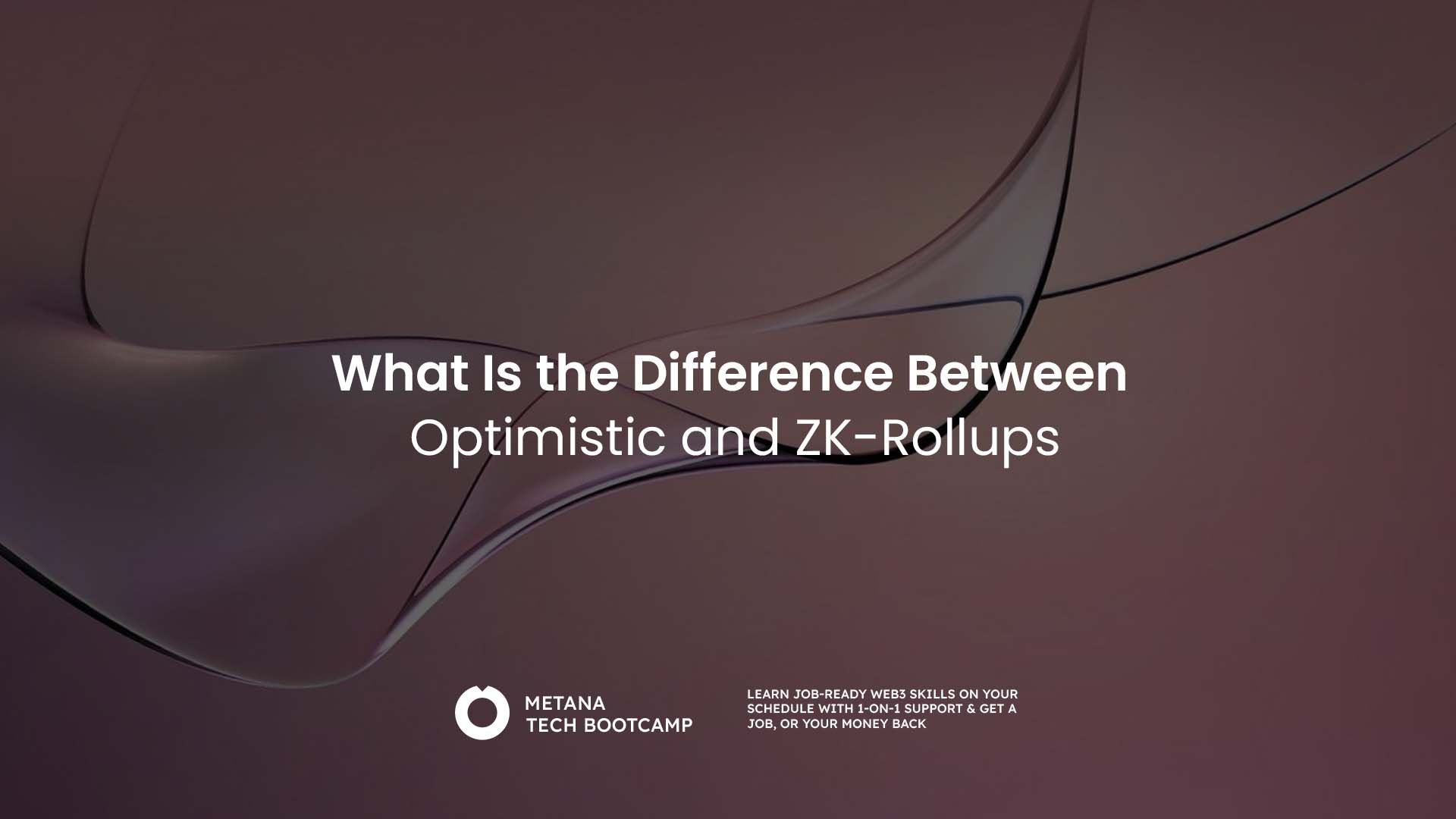
Understanding Optimistic vs. ZK-Rollups: A Guide to Ethereum Scaling Solutions

image
Ethereum scaling solutions have become essential as network congestion and high gas fees continue to challenge users. Two prominent Layer 2 scaling solutions - Optimistic Rollups and Zero-Knowledge (ZK) Rollups - offer different approaches to improving Ethereum's transaction throughput and efficiency.
Optimistic Rollups process transactions off-chain and assume they are valid by default. These transactions are bundled and posted to Ethereum's mainnet, with a challenge period (typically 7 days) where anyone can dispute fraudulent transactions. Examples include Optimism and Arbitrum.
ZK-Rollups, in contrast, use complex mathematical proofs (zero-knowledge proofs) to validate transactions before submitting them to the mainnet. This approach provides immediate finality and stronger security guarantees. Notable projects include zkSync and StarkNet.
Key Differences:
- Transaction Finality: ZK-Rollups offer instant finality, while Optimistic Rollups require a challenge period
- Computational Complexity: ZK-Rollups are more computationally intensive but provide faster withdrawals
- Cost Efficiency: Optimistic Rollups are generally cheaper to operate due to simpler technology
- Smart Contract Compatibility: Optimistic Rollups offer better compatibility with existing Ethereum smart contracts
Both solutions significantly improve Ethereum's scalability, with each having distinct advantages depending on specific use cases. ZK-Rollups are ideal for applications requiring immediate finality, while Optimistic Rollups better serve those prioritizing cost-efficiency and broader compatibility.
